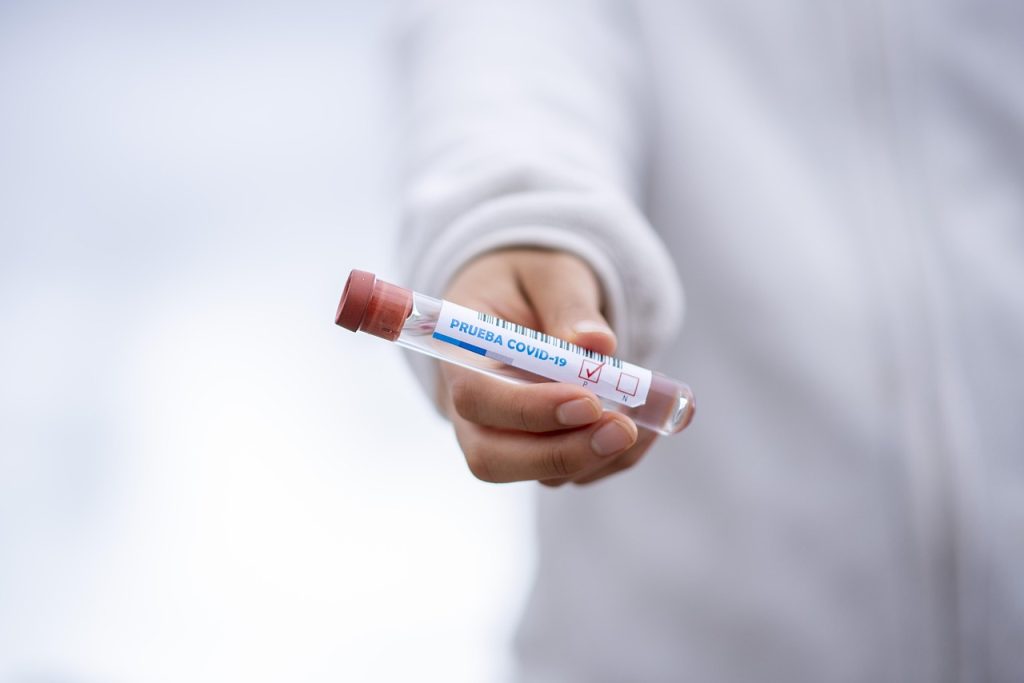
In the fast-paced world of healthcare, documentation often consumes a significant portion of a provider’s time, detracting from patient care. Enter AI medical scribe technology—a groundbreaking solution designed to streamline the documentation process. By integrating seamlessly with Electronic Health Records (EHRs), AI-powered scribes are transforming healthcare workflows, reducing physician burnout, and improving patient care quality.
What Is AI Medical Scribe Technology?
AI medical scribes are advanced software tools that use artificial intelligence, including natural language processing (NLP) and machine learning, to assist healthcare providers in real-time documentation. These tools listen to patient-provider conversations, extract relevant information, and generate detailed clinical notes automatically. Unlike traditional human scribes, AI scribes work autonomously and can process data faster, with consistent accuracy.
Key Features of AI Medical Scribes
Real-Time Transcription
AI scribes transcribe consultations in real time, capturing vital patient information such as medical history, symptoms, and treatment plans. This allows providers to focus on the patient without being distracted by note-taking.
Contextual Understanding
Modern AI scribes are equipped with NLP capabilities, enabling them to understand medical terminology and context. This ensures that the generated notes are clinically relevant and precise.
Seamless EHR Integration
A standout feature of AI scribes is their ability to integrate with EHR systems. They automatically input notes, diagnoses, and treatment plans into the appropriate EHR fields, reducing the need for manual data entry.
Customizable Templates
AI scribes often come with customizable templates tailored to various specialties, such as cardiology, pediatrics, or orthopedics. This adaptability ensures that documentation aligns with specific clinical requirements.
HIPAA Compliance
Data privacy and security are critical in healthcare. Most AI medical scribe technologies are designed to comply with HIPAA regulations, ensuring patient information remains confidential and secure.
Benefits of AI Medical Scribes
Reduced Administrative Burden
By automating documentation, AI scribes allow physicians to dedicate more time to patient care. This reduces administrative workload and minimizes physician burnout—a growing concern in the healthcare industry.
Enhanced Patient-Provider Interaction
With documentation handled by the AI, providers can engage more effectively with patients, building trust and improving the overall care experience.
Improved Documentation Accuracy
AI scribes minimize errors commonly associated with manual note-taking, ensuring that clinical notes are detailed and accurate. This leads to better-informed decision-making and improved patient outcomes.
Faster Turnaround Times
Clinical notes are generated almost instantly, expediting billing, insurance claims, and overall workflow efficiency.
Cost Savings
While traditional medical scribes require salaries and training, AI scribes offer a cost-effective alternative with consistent performance.
EHR Integration: The Backbone of AI Medical Scribes
The integration of AI medical scribes with EHR systems is a game-changer for healthcare operations. These integrations enable:
- Automatic Data Population: AI scribes input patient notes, medication lists, and diagnostic codes directly into EHRs, eliminating manual data entry.
- Streamlined Workflows: Providers no longer need to navigate complex EHR systems during consultations, as the AI handles data organization.
- Interoperability: Many AI scribes are compatible with multiple EHR platforms, making them versatile solutions for healthcare providers using different systems.
- Analytics and Reporting: Data entered by AI scribes can be analyzed for trends, enabling providers to make data-driven decisions.
Challenges and Considerations
While AI medical scribes offer numerous benefits, challenges remain. These include:
- Data Privacy Concerns: Ensuring HIPAA compliance and protecting patient information is critical.
- Technology Adoption: Some providers may face a learning curve when implementing AI scribe technology.
- Accuracy in Complex Cases: AI scribes must continually evolve to handle complex or nuanced patient interactions.
- Cost of Implementation: Initial investments in AI scribe technology can be substantial, though long-term cost savings often offset this expense.
The Future of AI Medical Scribes
As AI medical scribe technology advances, its potential applications are expanding. Future developments may include enhanced voice recognition, multilingual support, and predictive analytics to identify potential health risks during consultations. Additionally, tighter integration with emerging EHR systems and cloud-based platforms will further streamline workflows.
AI medical scribes are reshaping the healthcare landscape by automating time-consuming tasks, empowering providers to deliver better patient care. With seamless EHR integration, these technologies are poised to become indispensable tools in modern medicine, driving efficiency, accuracy, and innovation. The era of AI in healthcare is here, and AI scribes are leading the charge toward a smarter, more efficient future.










